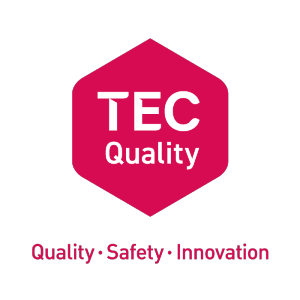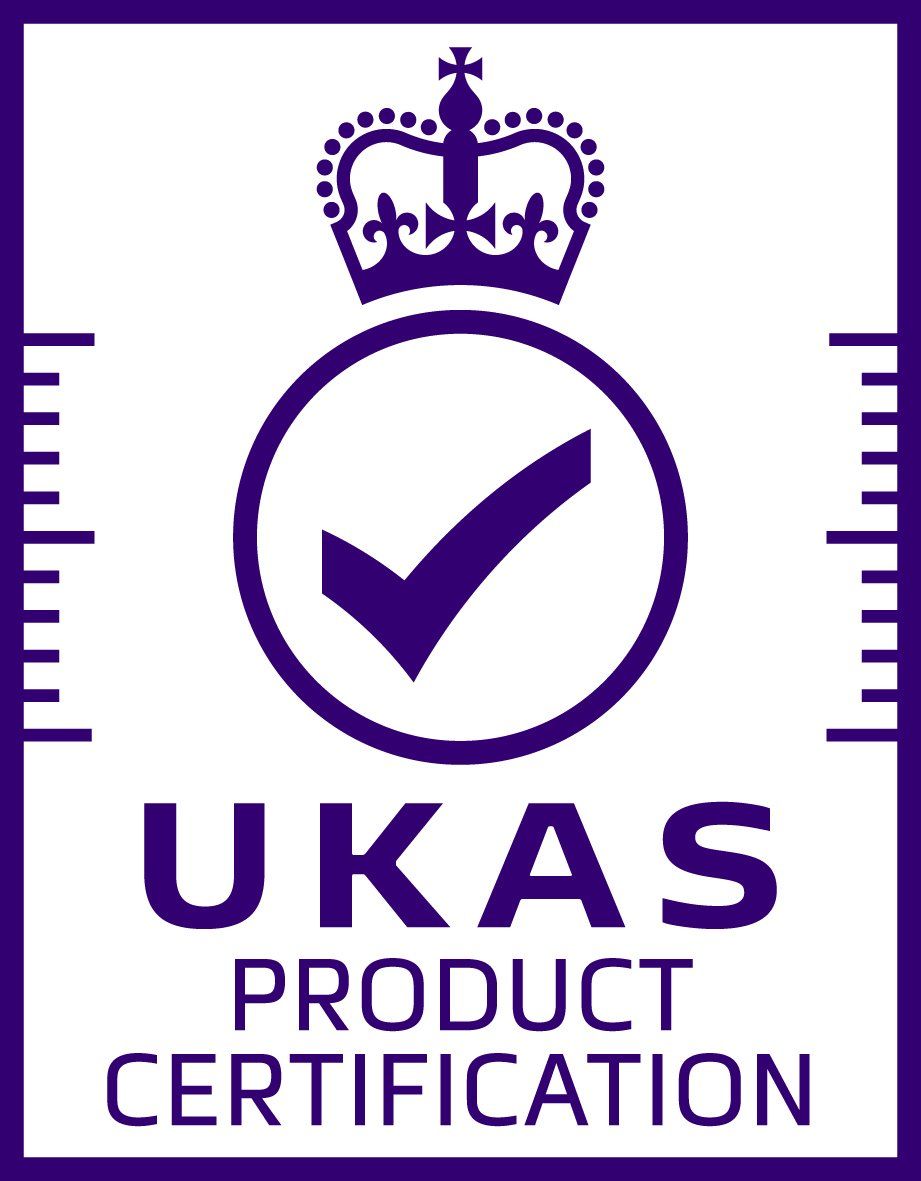Telehealth Monitoring
Service Delivery Module
v1.4
The use of technology to support the remote delivery of healthcare is becoming increasingly more common place. Telehealth monitoring offers the potential to provide a range of clinical services more efficiently and effectively, whilst managing increasing demands on services.
Telehealth supports the shift away from a model of care which is largely episodic and reactive, to one which is preventive, anticipatory and involves continuous caring relationships between professionals and patients and users.
Several studies have shown that telehealth can have significant benefits - reducing hospital admission, primary care consultations and travel time for both patients and health professionals. Most importantly, patient experience is typically reported to be extremely positive.
Organisations providing ‘triage and medical advice remotely’ must be registered with the appropriate regulatory body e.g. Care Quality Commission, Care Inspectorate.
Key outcomes
- Providers will adopt a holistic approach to meeting individual need through a process of initial assessment which is subject to continual review
- Patients and users will be encouraged to be proactive, taking greater control over their health and care needs
- Providers will seek to maximise well-being and independence so that patients and users report an improvement in their quality of life
Audit process
The Audit Process will seek evidence that the key outcomes have been met.
As a minimum, TEC Quality certified organisations must:
- Demonstrate that the service model is clearly defined - this includes hours of operation and roles and responsibilities of stakeholders
- Ensure that patients and users have a full understanding of the service model and any limitations fully explained
- Provide evidence that agreed criteria are in place for the inclusion / exclusion of patients and users in any telehealth programme
- Have documented policies and procedures in place to facilitate information sharing
- Ensure that there are processes in place to ensure patient and user data is up-to-date
- Actively support patients and users to make informed decisions about their care
- Have documented procedures in place to quality assure call handler / clinician activity through regular (at least monthly) call audit
- Demonstrate that each patient has a clear plan in place which provides details of their primary healthcare professional (i.e. the individual maintaining clinical responsibility for the patient)
- Where protocols / algorithms are used to guide / inform decision-making: these shall be evidence-based, reflecting local and national policy and guidance
- Demonstrate that clinical parameters are agreed and set with the primary healthcare professional and, where required, the patient
- Provide evidence that there are clearly defined escalation processes in place which correspond to the level of alert within agreed timescales
- Demonstrate that any intervention made is commensurate to the call handler / clinician’s knowledge, experience and professional standards (where applicable)
- Demonstrate that health promotion messages are used to positively influence patient and user healthcare decisions
- Ensure that the service delivery is underpinned by a clear clinical governance structure– this is a requirement for both clinical and non-clinical monitoring centres
- Provide evidence that the telehealth service is evaluated not just in terms of those benefits associated with improved use of services and patient flow throughout the health and social care system but also in terms of patient experience e.g. patient reported outcome measures, enhancement in quality of life, reduction in anxiety and improved confidence to self-manage, improved medication compliance and management of complex drug regimens and patient satisfaction
- Have an agreed Telehealth-specific training programme in place and ensures that relevant training is updated / repeated at specific intervals e.g. clinical triage
- Demonstrate that the Telehealth service is integrated into local pathways ensuring that a holistic approach is adopted
- Ensure that any service development is clinically not technology led
Key Performance Indicators
Requirements associated with the delivery of the Telehealth Monitoring Service should be embedded in a comprehensive contract with commissioners. This should include performance monitoring against agreed indicators. This should be shared with auditors and will be reviewed as part of the audit process.
Evidence might include
TSA Core Competency eLearning Resource
Call Handling Module
Consent Policy
Annual Call Handler / Clinician Training Plan
Agreed referral processes
Call Handler / Clinician Audit Programme
Anonymised Case Studies
Organisational Standard Operating Procedures
Information for patients
Anonymised Care Plans
Stakeholder Feedback
Clinical Governance Strategy
Minutes of Clinical Reference Group meetings
“Far from being the traditional red tape and stifling bureaucracy that many experience, good quality performance and contract management approaches can be both the foundation to showing how well we are achieving our objectives and delivering outcomes and an enormously liberating force. The former is the evidence of our joint achievement and the latter how meaningful partnerships can deliver better care outcomes.”
Mark Allen, Strategic Commissioning Manager, Hampshire County Council


